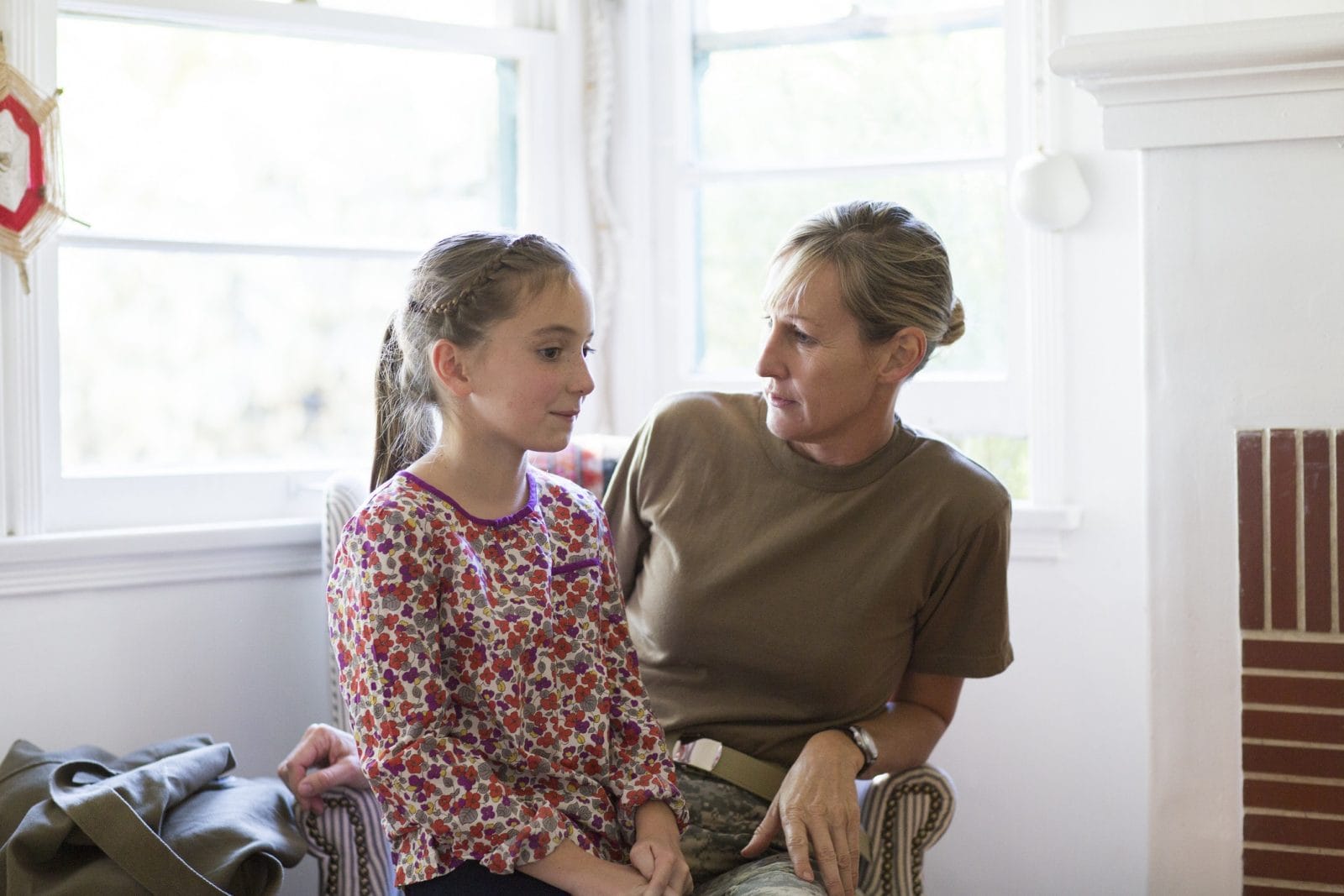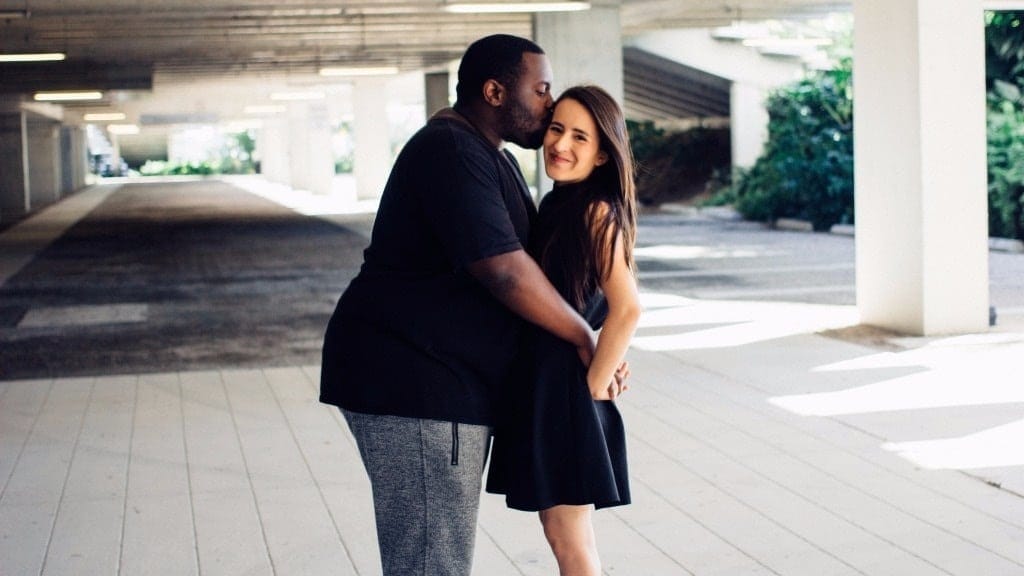10 ways white families can teach their kids about race consciousness

Because being "color blind" isn't the answer.
Table of Contents
- Here are some ways white parents can talk about race and diversity with young children.
- 1. Use proactive language around race vs. skin color
- 2. Explain what racism is—and don't wait, it's never "too early" to talk about racism
- 3. Explain racist terminology and why it is not to be used
- 4. Celebrate multi-racial families
- 5. Point out when books, movies or television shows don't reflect diversity
- 6. Model why it's important to understand a variety of perspectives
- 7. Identify what Black Lives Matter really means
- 8. Help children understand the concept of privilege and how it works
- 9. Focus compassion on victims of police violence
- 10. Inspire activism
As author and New York Times columnist Charles Blow writes, “We must acknowledge—with eyes and minds wide open—the world as it is if we want to change it.”
Adults often express the fear of “pointing out” race to their children. But research widely acknowledges that infants as young as 6 months old can categorize by race. Research also shows that talking explicitly about race with children creates more positive attitudes about people of different races.
Color-blindness ignores the reality of racism. In contrast, race-consciousness acknowledges racism. This is an essential first step if our children are to challenge and change this reality.
We can start talking about race even if we don’t have all the answers. We can start talking about race even if we are afraid we will say the wrong thing.
It is inevitable that we will make mistakes—that’s a part of the process. But if we commit to collectively trying to talk about race with young children, we can lean on one another for support as we, together, envision a world where we actively challenge racism each and every day. It starts one conversation at a time.
Here are some ways white parents can talk about race and diversity with young children.
1. Use proactive language around race vs. skin color
“Usually people call people who look like us ‘white,’ even though our skin isn’t actually white. Usually people call other people with very dark skin ‘Black,’ even though their skin isn’t actually Black.”
2. Explain what racism is—and don’t wait, it’s never “too early” to talk about racism
“A racist is someone who is mean to another person based on the color of their skin. See your skin? People call that white skin. Other people have different color skin.”
3. Explain racist terminology and why it is not to be used
“The N-word is a terrible, horrible name used against Black people. It is a powerful insult meant to treat Black people as less than human.”
4. Celebrate multi-racial families
“We don’t know what relationship people have with one another without asking… because you can’t know which person belongs to another just by looking at them.”
5. Point out when books, movies or television shows don’t reflect diversity
“It’s interesting that all the people in this book have pale skin that we call white. This doesn’t look like where we live, where there are people with all different shades of skin.”
6. Model why it’s important to understand a variety of perspectives
“There are lots of people in the world whose lives and experiences are very different from ours and if we only read books about white characters, our understanding of the world leaves out a lot of what the world is like.”
7. Identify what Black Lives Matter really means
“Even though people who are Black aren’t slaves anymore, the history of slavery means that, today, people who are Black still are discriminated against. That means that they aren’t treated fairly. But people who are white, like us, don’t experience this discrimination. And that’s really unfair. So now there is a movement called ‘Black Lives Matter’ where people are standing up and saying, ‘We want justice! Black people need to be treated fairly.”
8. Help children understand the concept of privilege and how it works
“If you are white and you commit a crime, like stealing something, the police might say ‘that was wrong, don’t do that again,’ and that’s all…but if you are Black and commit the same crime, they might arrest you and you might go to prison. And that isn’t fair.”
9. Focus compassion on victims of police violence
“George Floyd was a Black Man who was hurt and killed by the police. He was one of too many Black men that the police have hurt and killed. His last words were ‘I can’t breathe.’ …By saying ‘I can’t breathe,’ we are saying that it was wrong that he was hurt and we are standing up for justice for him and his family. We are telling the police it is not okay to hurt people, and we will keep working together until everyone, especially people of color, are treated fairly, with respect and dignity.”
10. Inspire activism
In response to a parent’s exploration of race with her children, they wrote this letter to the Lego company headquarters: “Dear Lego Friends, I really like your Legos. There are just two problems for me. The girls don’t have pants and we need more brown-skinned girls and boys.”
Reprinted with permission from posts by Raising Race Conscious Children


































